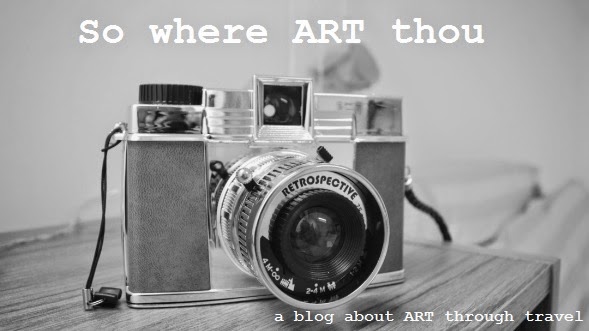Normal teachers often feel like they (or actually do) miss the skills of using art as a right tool, which can be difficult. Although art can still be art for art's sake, it is nowadays also used as a tool for community, learning how to work together, communication or problem-solving. I believe the good thing about art is, that it can be all of these tools, whithout it feeling as 'work' or 'learning'. Art can be a way to learn through play, which makes it often more accessible to children who are better at visual or motoric learning.
Not being able to use these tools is not the fault of normal teachers (whether in pre-school, primary school or secondary school). It is often because they do not get the chance to develop these skills. Special art learning centres can be a great way of learning through art outside of the classroom, as well as museums with programmes tailored for children (read more about ArtPlay as an art learning centre in my blog post here).
Going back to the 'But I'm not artistic' phrase, comes from both a lack of skills and confidence. It is important for children to show both skills and confidence when using art (whether as a tool or not). The thing I think is important is that you do not have to be an artist to be artistic. As long as you know what your goals are and how you want to reach them in art classes, you are already half way there. Encouraging children in art is of vital importance and it will fuel their interest in art and being creative. Being able to do this has shown to be so important for when the child grows up.
So in the end, you don't have to be a Picasso or a Dalí, but you have to have the right mindset, motivation and skillset to teach art and creativity. Therefore I'd like to end with the phrase:
I'm not an artist, but I'm artistic.
#ImnotanartistbutImartistic
Below you will find photos of a few drawings I made, which are originally from Fiep Westendorp, an amazing illustrator. I might not be the original artist, but I am still creative in making these cards to send out to friends. And that's in the end what it's all about.































